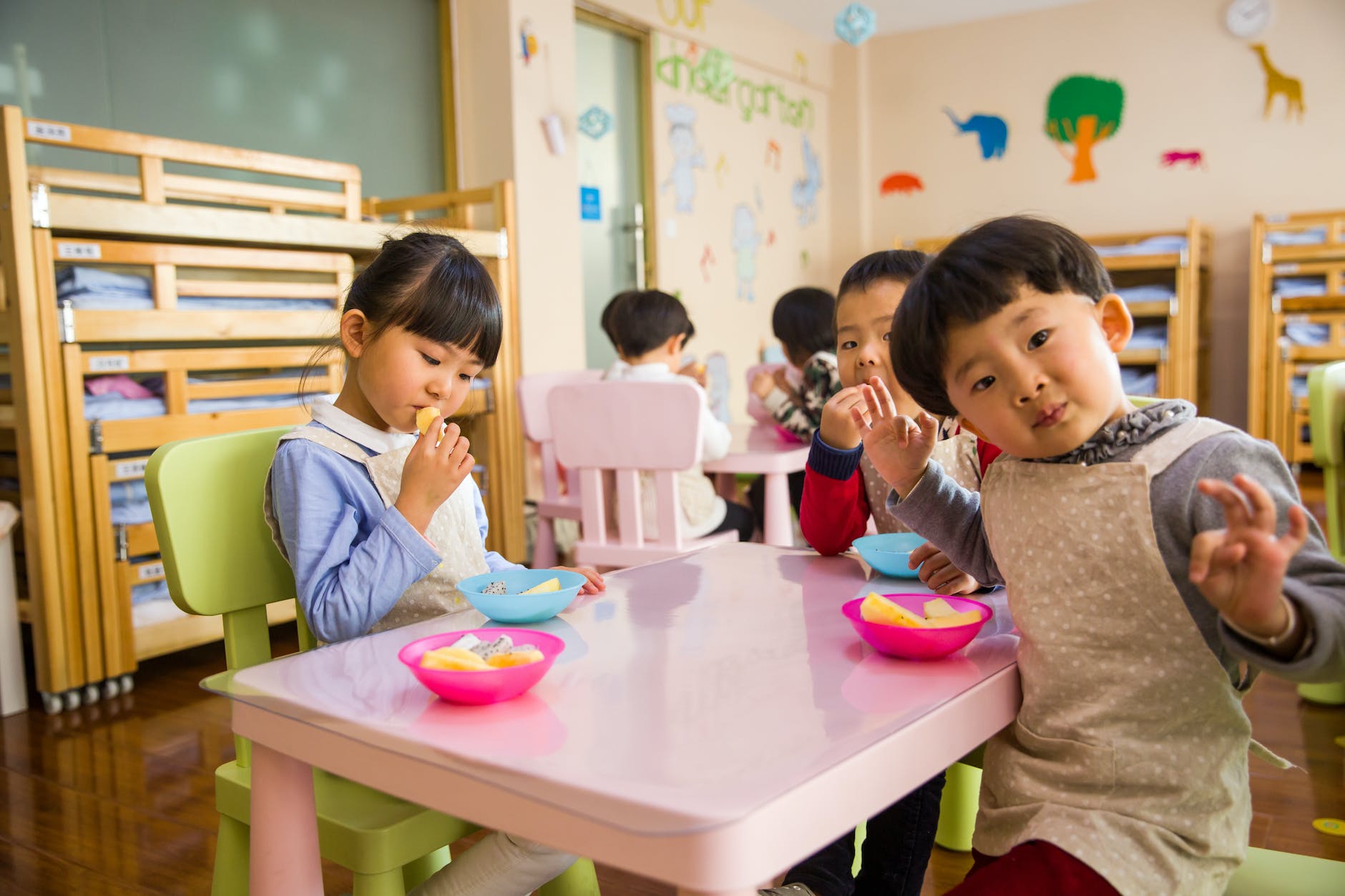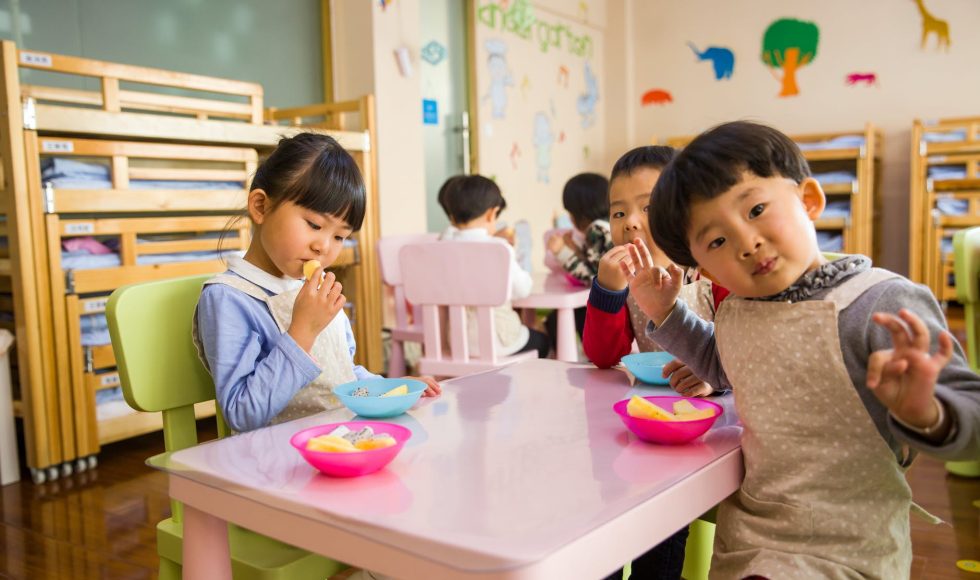The JMBE Live session I watched tonight was entitled “Microscopic Communities: Interdisciplinary Exploration of Microbes in the Classroom” and presented by Dr. Jennifer Surtees and Dr. Sandra K. Small from the University of Buffalo. They are both part of the Genome, Environment and Microbiome (GEM) program that aims to integrate research, education, and engagement. GEM is a group of faculty, staff, and students to promote awareness and literacy of microbes and the environment. Their goal was to integrate microbiome literacy into the second grade curriculum. Surtees’ daughter was in second grade at the time. To convey this information and through a partnership with the local elementary school, the team developed a three-day workshop: day 1 has the goal of building core ideas, day 2 is to enact scientific processes, and day 3 was to create models. Typically there is a week between sessions, Surtees noted. Day 1 starts with a K-W-L (know, want to know, and learned) chart and they read Tiny Creatures, a picture book. The sample KWL chart the team shared had only three Know items, several Want to Know, and a dozen Learned. During the first day, students sample their own microbiome from the head, forearm… and different parts of the classroom. They then seal the plates. They also look at yeast under the microscope. Day 2 focuses on observing their plates and writing and drawing what they observe. Students use their senses and review the KWL chart. The plate images were divided into halves and compared, for example, the microbes sampled from the head and arm. The presenters shared two versions of their Microbiota Lab Notes with the second having a chart guiding participants to record the number, shape, and colors of colonies. Students respond to questions and describe the different colonies they observe. The team removes and autoclaves the sealed plates. A week later, key concepts are reinforced:
- Microbes are tiny organisms
- Microbes have adapted to and live in different habitats/parts of the body
- Different microbes have different jobs and form a community
- Jobs like digestion, generating energy, and developing immunity
- Microbial diversity is really important
- Microbes live in us, on us and all around us – and that is a good thing.
The presenters share beautiful images of microbes and tell students to create microbes. Students then tell stories about their microbes. The activity has been adapted for several types of classrooms. The evidence of learning includes assessments of KWL charts, students’ prior knowledge, and student observations. The presenters stressed that the plates are sealed and autoclaved at the university. The team has been in over a dozen schools in the region, and graduate students and faculty have enjoyed it. Surtees first tested the activity in her daughter’s class and was invited to several other classrooms. Small has experience teaching K-12. Together the team spoke about how the activity evolved. They work with the Buffalo Public School system and have now visited over twenty classrooms. Small clarified that they have done this activity in 6-1-1 and 12-1-1 classrooms and that the number refers to the ratio of students, instructor, and assistants. One attendee (me?) asked about doing the activity with special needs students and Deaf/Hard-of-Hearing communities, and the presenters noted that they have worked with special needs students but not done this activity with Deaf/Hard-of-Hearing students yet. Another question was about responding to challenging questions. Both presenters said it was ok to not know and tell students this happens in science. Small spoke about creating an undergraduate course to help make this an experiential learning module! The activity has been done with kindergarten students too. The presenters explained that the supplemental materials have resources and a table aligning the activity to the Next Generation Science Standards. This session made me think about opportunities for research with Delftia and composting.



